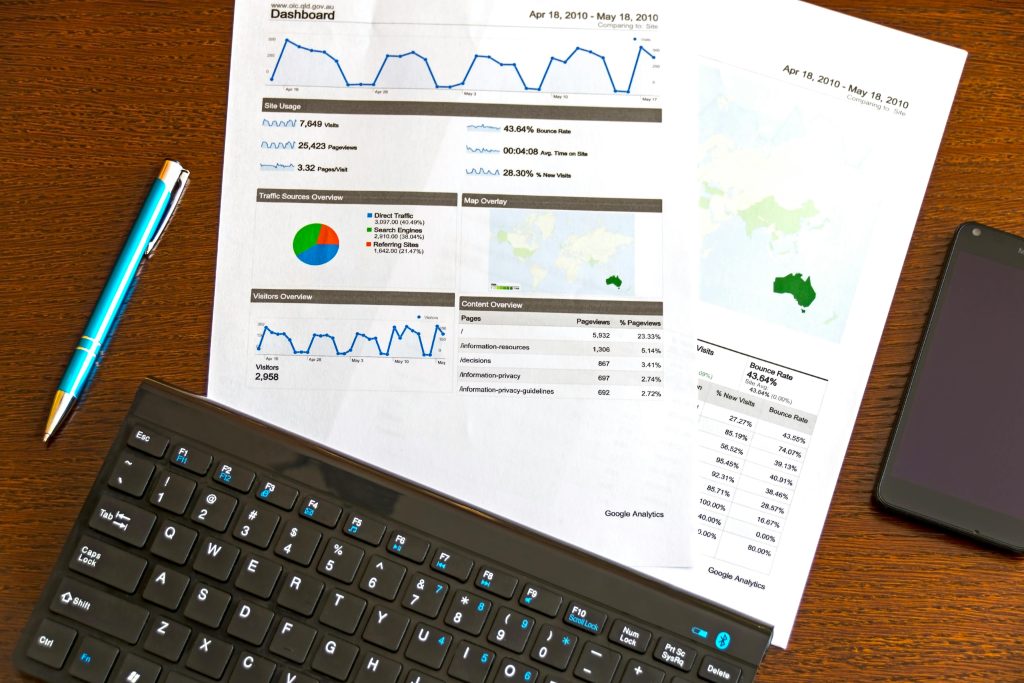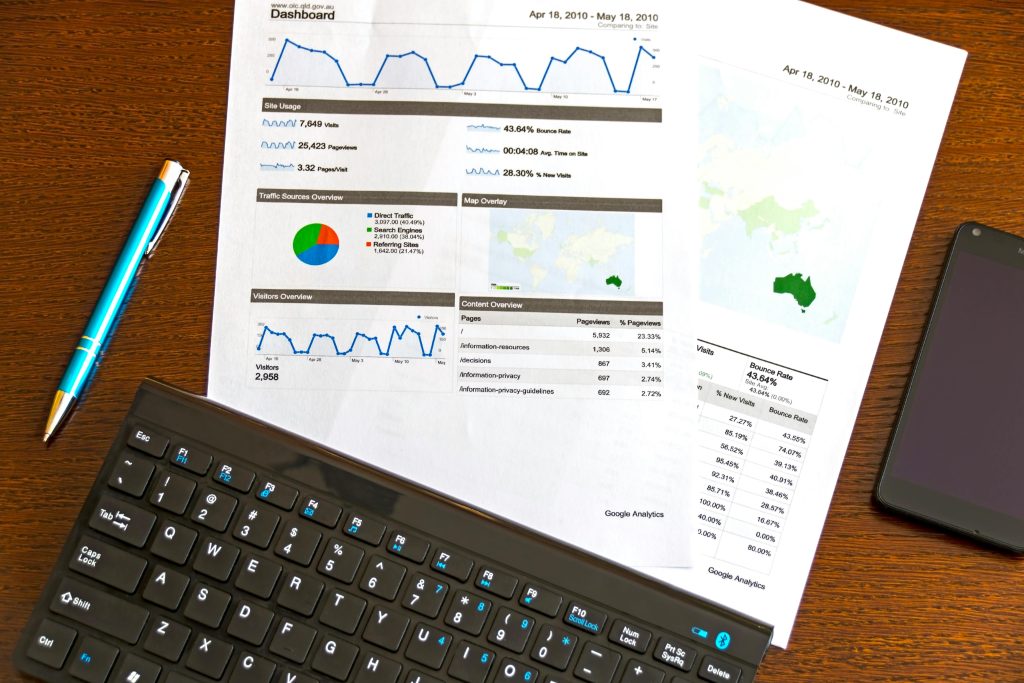Introduction
In today’s competitive real estate market, data-driven decision-making is essential for property managers who want to maximize efficiency, improve tenant satisfaction, and boost profitability. Traditional property management relied on intuition and experience, but modern analytics tools provide actionable insights that help optimize rental pricing, predict maintenance needs, and enhance overall property performance.
By leveraging data analytics, property managers can make smarter, more informed decisions about tenant management, maintenance scheduling, and financial planning. In this guide, we explore how data-driven strategies can transform property management and improve operational efficiency.

Why Data Analytics is Essential in Property Management
🔹 Optimized Rental Pricing – Analyze market trends and tenant demand to set competitive rental rates.
🔹 Improved Tenant Retention – Use data to identify tenant preferences, reduce churn, and improve lease renewal rates.
🔹 Predictive Maintenance – Track maintenance history and equipment performance to prevent costly repairs.
🔹 Enhanced Financial Planning – Monitor rental income, expenses, and profit margins with real-time insights.
🔹 Risk Management & Compliance – Ensure compliance with legal regulations and avoid financial penalties.
🔹 Performance Benchmarking – Compare your properties’ performance with industry standards to identify areas for improvement.
Key Ways Data Can Improve Property Management Decisions
1. Rental Pricing Optimization with Market Data
What It Does:
Analyzes historical rent prices, occupancy trends, and market demand to set the best rental rates for each property.
✅ Key Features:
✔ Market comparison reports
✔ AI-driven dynamic pricing models
✔ Tenant demand forecasting

📌 Example:
A property manager analyzes local rental market data and adjusts rent prices to match seasonal demand, increasing occupancy rates and revenue.
2. Tenant Behavior & Lease Renewal Predictions
What It Does:
Identifies patterns in tenant behavior to predict lease renewals, potential vacancies, and retention risks.
✅ Key Features:
✔ Tenant satisfaction tracking
✔ Predictive lease renewal likelihood
✔ Automated lease renewal reminders
📌 Example:
A property management system tracks tenant engagement and automatically sends lease renewal offers to tenants who are more likely to renew based on past behavior.
3. Predictive Maintenance & Cost Reduction
What It Does:
Monitors maintenance records and equipment performance to anticipate repair needs before they become costly issues.
✅ Key Features:
✔ AI-driven maintenance predictions
✔ Automated work order scheduling
✔ Cost analysis for maintenance expenses
📌 Example:
A property manager uses IoT sensors to monitor HVAC system efficiency. When performance drops, the system schedules maintenance automatically, preventing a costly breakdown.
4. Financial Performance Tracking & Budgeting
What It Does:
Provides real-time insights into rental income, operating costs, and cash flow, allowing property managers to improve budgeting and profitability.

✅ Key Features:
✔ Automated financial reports
✔ Expense and revenue tracking
✔ Profit and loss analysis
📌 Example:
A property management platform compares expenses across multiple properties and identifies areas where maintenance costs can be reduced without affecting tenant satisfaction.
5. Tenant Screening & Risk Assessment
What It Does:
Uses AI-driven analytics to evaluate tenant applications based on rental history, credit scores, and risk factors, ensuring better tenant selection.
✅ Key Features:
✔ Automated background checks
✔ Rental history analysis
✔ Payment behavior prediction
📌 Example:
A property manager receives AI-generated tenant risk scores, allowing them to select applicants with a lower likelihood of missed rent payments.
6. Portfolio Performance Benchmarking
What It Does:
Compares property performance with industry benchmarks to identify areas for growth and efficiency improvements.
✅ Key Features:
✔ Occupancy rate analysis
✔ Expense comparison with similar properties
✔ Revenue growth tracking
📌 Example:
A property management dashboard shows that one property has a higher maintenance cost than similar properties, prompting an inspection to uncover inefficiencies.
7. Compliance Monitoring & Risk Mitigation
What It Does:
Ensures regulatory compliance by automatically tracking lease agreements, legal updates, and financial reporting requirements.

✅ Key Features:
✔ Automated compliance reports
✔ Document tracking for legal requirements
✔ Fraud detection alerts
📌 Example:
A property manager receives real-time alerts when a property requires a safety inspection, avoiding fines and ensuring compliance.
Best Practices for Implementing Data-Driven Property Management

✔ Invest in AI-Powered Property Management Software – Use smart analytics tools to track performance and automate decision-making.
✔ Regularly Monitor Market Trends – Stay informed about local rent prices, tenant demand, and industry benchmarks.
✔ Automate Data Collection – Use IoT devices and software to gather real-time data on maintenance, energy usage, and occupancy.
✔ Use Predictive Analytics for Maintenance – Schedule preventative repairs based on data insights rather than waiting for failures.
✔ Leverage Financial Analytics for Budgeting – Track revenue and expenses in real-time to optimize cash flow and profit margins.
✔ Ensure Data Privacy & Compliance – Store tenant and financial data securely to comply with legal regulations.
Conclusion
Data analytics is revolutionizing property management, allowing landlords and property managers to make more informed, efficient, and profitable decisions. From rental pricing optimization to predictive maintenance and financial tracking, data-driven insights improve every aspect of property management.
At LocalPropertyManagementSoftware.com.au, we provide cutting-edge analytics tools that help property managers track key performance metrics, improve efficiency, and enhance tenant satisfaction. Start using data-driven strategies today and take your property management business to the next level!



